Halloween is my favorite time of year, and this year, I’m letting it start early. It’s the time of the year where Genre Films take over- we have horror, we have sci-fi, a little bit of fantasy. All things that go bump in the night show up on our screens. Horror is one of my favorite genres, but it’s the one that I am newest to, so there are a lot of great films (modern and classic) that I’ve missed. This year I am going to try to go back through the annals of Horror History and learn as much as I can- we’re going to check out the religious-themed horror films of the 70’s, the slasher films and body horror of the 80’s, Asian horror (a type of cinema that is a complete blind spot to me), and anything else that I simply haven’t tried yet.
We start this Halloween season with a classic film that I promised my roommate I would check out but have been scared to watch for years- the original The Texas Chain Saw Massacre. From 1974, and directed by Tobe Hooper (who directed one of my all time favorite films, Poltergeist), this first thing that I noticed when this movie started was how surprised I was by the craftsmanship of the filmmaking. The skill that went into making this obviously low-budget, borderline schlocky film is palpable. This skill makes the film all the stronger and scarier, since there are no surface level mistakes to separate us from the events we see on screen. 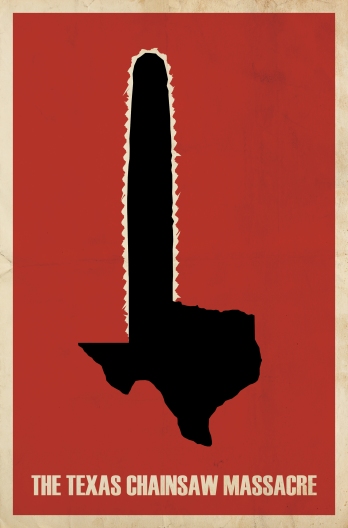
We follow the most 70’s-looking group of young people as they drive through the American South, footloose and fancy free, to clean the vandalized grave of a family member. They pick up a strange looking hitchhiker and are confused and disturbed by his bizarre actions. They explore the abandoned home of their grandfather. They observe the local slaughterhouse, speaking about the methods used to more humanely kill cows. The audience can feel the foreshadowing as Franklin (Paul A. Partain) acts out the motions of a Captive Bolt Pistol. The tension begins from the first moment of the film and does not relent, even after the credits have rolled.
The first few kills of the film are immensely scary. A famous moment in the film is the terrifying slamming of a sliding door, and this moment lived up to the hype that I had heard about it leading up to my viewing- I was just as scared as I was told I would be. But the further into the film, the sillier the killings become, almost moving into horror-comedy territory. This shift in tone didn’t make me laugh, but instead added to my discomfort. The fact that I couldn’t match the tone of the latter half of the film with that of the first half made me uneasy. As the film became schlockier, I could only imagine what my reaction would be if I were in as strange a situation as the protagonist of this film finds herself in- one of pure fear.
As a joke I commented to my roommate as we watched the film that I wondered whether or not this film was a Morrissey-esque commentary on the cruelty of the meat industry. But as the comment came out of my mouth, it moved from joke to commentary, because this really seems to be one of the objectives of the film. Add that to the knowledge that director Tobe Hooper became a vegetarian shortly before production and we can clearly see that this film, with all it’s scares and absurdities, is a movie that has something to say.
I think that is truly what gives this film the longevity that has lead to sequel after sequel, roboot after remake. Despite the questionable representation of people with birth defects, despite the dated costumes and the minutes long, scream-filled chase scene, we are still being told this story. At it’s core, Texas Chain Saw Massacre is a great movie with something real at it’s core. Plus, it helps that it’s scary as hell…
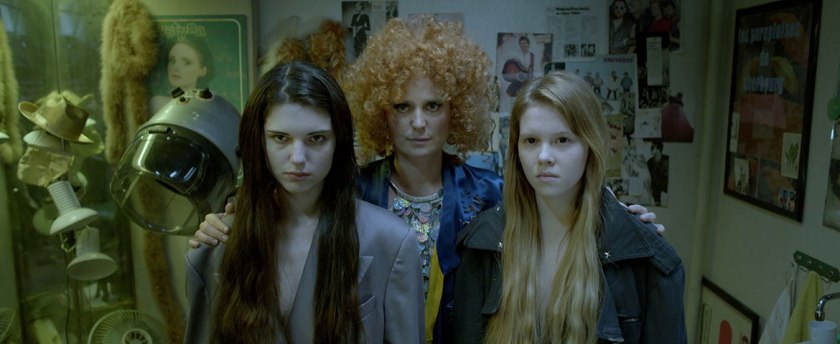
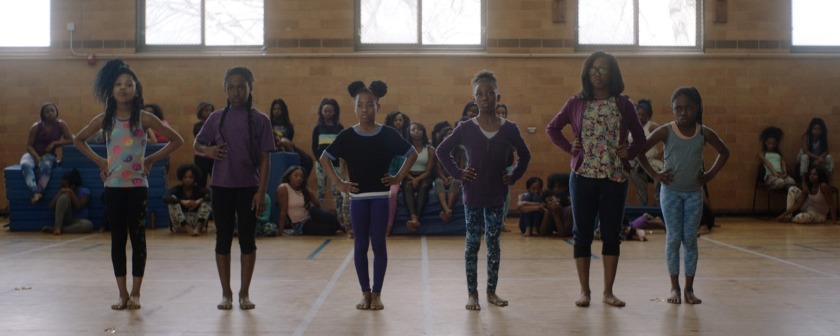 The Fits is a movie that has been on a lot of top 10 lists in 2016, and is readily accessible if you have Amazon Prime (it’s been streaming for several months now). Now that the Oscars are on the horizon and the pressure is really on to finish a top 10 for 2016, I’ve been knocking out films from earlier in the year that critics and bloggers that I admire have been high lighting in their yearly wrap ups, and I thought I would check out this film.
The Fits is a movie that has been on a lot of top 10 lists in 2016, and is readily accessible if you have Amazon Prime (it’s been streaming for several months now). Now that the Oscars are on the horizon and the pressure is really on to finish a top 10 for 2016, I’ve been knocking out films from earlier in the year that critics and bloggers that I admire have been high lighting in their yearly wrap ups, and I thought I would check out this film.
 There are two Spanish filmmakers who have made the largest impact on international cinema, who could be considered the most “recognizable”. The first is the surrealist filmmaker Luis Buñuel, who made a vast number of films including Belle de Jour, The Discreet Charm of the Bourgeoisie, and Viridiana. The other name is Almodóvar. Pedro Almodóvar has caught attention from international film critics and film goers alike since the 198o’s saw the release of Women on the Verge of a Nervous Breakdown. Almodovar’s other credits include High Heels, Volver, The Skin I Live In, and Talk To Her, the final film being one of the rare foreign-language films to win an Academy Award for Best Original Screenplay.
There are two Spanish filmmakers who have made the largest impact on international cinema, who could be considered the most “recognizable”. The first is the surrealist filmmaker Luis Buñuel, who made a vast number of films including Belle de Jour, The Discreet Charm of the Bourgeoisie, and Viridiana. The other name is Almodóvar. Pedro Almodóvar has caught attention from international film critics and film goers alike since the 198o’s saw the release of Women on the Verge of a Nervous Breakdown. Almodovar’s other credits include High Heels, Volver, The Skin I Live In, and Talk To Her, the final film being one of the rare foreign-language films to win an Academy Award for Best Original Screenplay.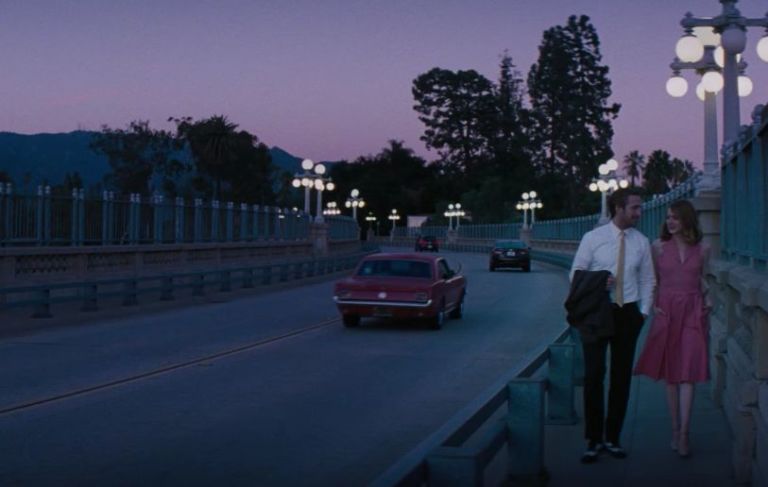

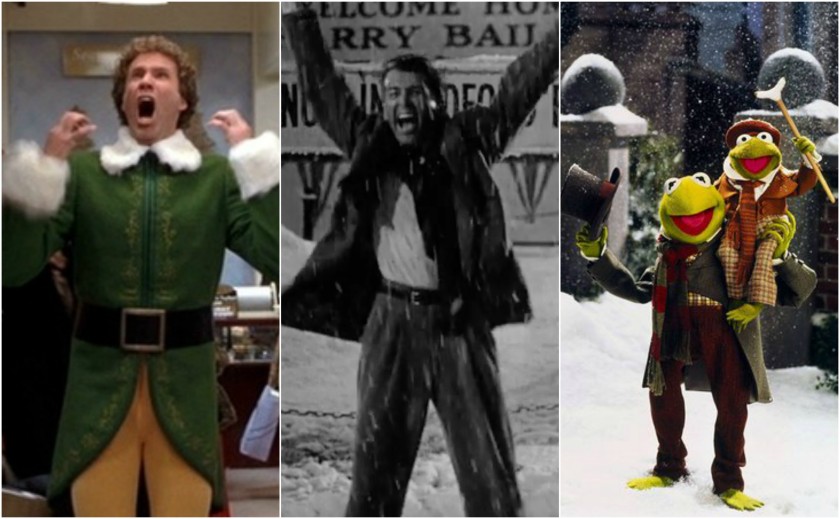

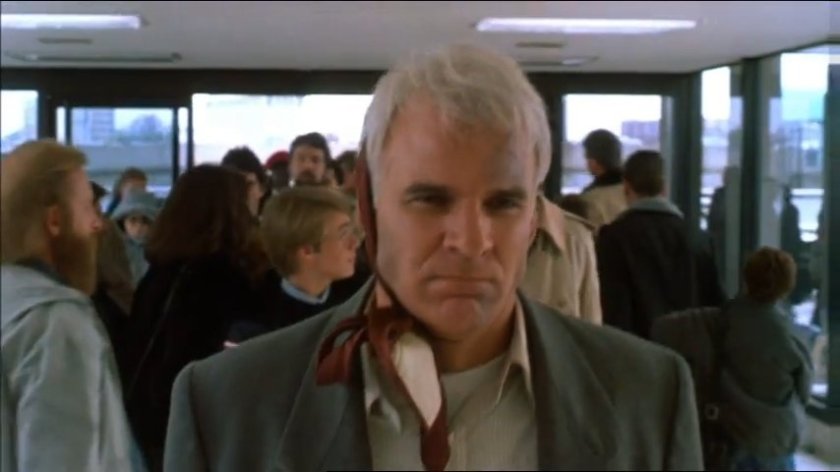 Is there a story more quintessentially American than that of a workaholic father trying to make it home to Chicago for Thanksgiving who keeps facing disasters in his modes of transportation? Of course not. The classic Steve Martin and John Candy comedy rises above it’s simple premise and status as a “pop” film to becomes one of the nicest films I’ve ever seen in my life.
Is there a story more quintessentially American than that of a workaholic father trying to make it home to Chicago for Thanksgiving who keeps facing disasters in his modes of transportation? Of course not. The classic Steve Martin and John Candy comedy rises above it’s simple premise and status as a “pop” film to becomes one of the nicest films I’ve ever seen in my life.